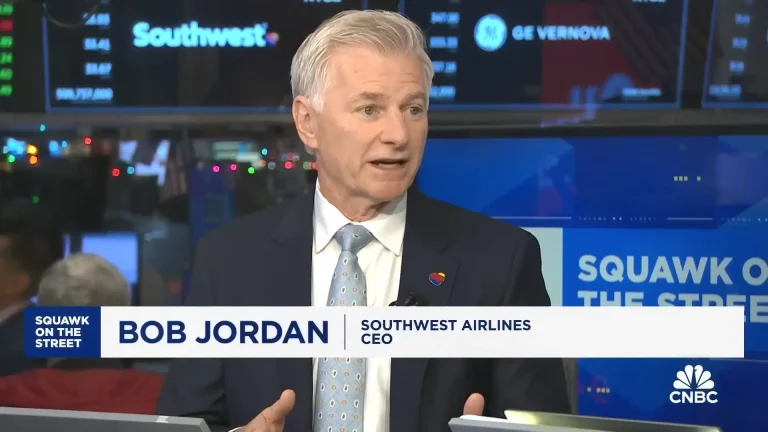Who cares about ESG? Who doesn’t?
Why communicators must make environmental, social and governance practices a regular part of their content mix
Larry Fink, the founder and CEO of investment behemoth BlackRock, said the other day that environmental, social and governance investing isn’t “woke.”
But it seems everybody just woke up to global warming catastrophes, social injustice and dereliction in the boardroom.
Fink was responding to critics such as billionaire investor Sam Zell, who said, “I didn’t know Larry Fink had been made God.”
Maybe not God, but when your firm manages assets worth $10.01 trillion, businesspeople do pray to you. Or at least return your calls.
Fink calls it “stakeholder capitalism.” Others call it sustainability investing. Whatever you call it, those assets more than doubled at BlackRock in 2021, to $509 billion, one part of the biggest investment trend in years.
And that’s why it’s time for communicators to up their game and make ESG a key part of their editorial strategy. They’ll find a ready audience for ESG stories.
Who cares about ESG? Obviously, investors care. Investment managers like BlackRock are widely viewed as leaders in ESG, but they are actually chasing … millennials.
Of American investors born between 1981 and 1996, 67% say they already have made at least one sustainable investment, compared with more than half of all investors, according to a 2019 report by investment bank Morgan Stanley.
Eighty percent of millennials also say they would pay more for products that make social responsibility claims, compared to 48% of baby boomers, according to NielsenIQ. That prompted the market research firm to ask: Is 2018 the year of the influential sustainable consumer? And here we thought it was the Year of the Dog.
And it’s not just millennials. Nearly two-thirds of all consumers say they base purchasing decisions on a company’s stand on important social or political issues, according to a 2018 survey by Edelman. The PR colossus calls them “belief-driven buyers.” Maybe they believe in something other than a good price.
But when it comes to ESG, companies find it hard to stand out. Gee, why would that be? Because organizations race to collect ESG ratings and awards like so many coins in Super Mario Bros.
Or is it that ESG is largely the fiefdom of investor relations, which traces its history to the invention of the green eyeshade? IR’s role is secure amid the mounting scrutiny regarding the accuracy of corporate claims—and rightly so.
But tucked into those filings and submissions are stories—hard facts and cold numbers just waiting to be brought to life. If only someone would dive into the reports and find the people behind the stats. Researcher and best-selling author Brené Brown likes to say, “Maybe stories are data with soul.”
IR people do many important things, but telling stories isn’t one of them. Yet they worry that the PR and marketing people will get carried away, making overblown claims that will leave the company vulnerable to accusations of greenwashing, damaging the brand.
Reporters are already up to their eyeballs in a pile of puffy press releases patting the corporate back. These releases are quite good for your reputation—if your brand is phoniness.
Employees care.
“ESG performance will become increasingly important to attracting and retaining talent as Millennials and Gen Z come to make up most of the global workforce,” according to a 2020 report by Marsh & McLennan Cos. (The world’s largest insurance broker even says strong ESG practices could lower some insurance premiums, but let’s not get carried away.)
Customers care.
“The other thing that’s been really interesting with Covid‑19 is the increased inquiry and attention around the S of ESG,” a VP for a logistics electronics manufacturer said this year. “Customers want to know: How are you treating your workers?”
Spelling ESG is easy. Spelling “union” is a lot harder for some employers.
All these people aren’t drawing their impressions about the ESG-worthiness of companies by poring over glossy, 79-page social responsibility reports.
Anybody else care? How about the news media? Media coverage of ESG investing soared 70% from 2019 to 2020, according to an analysis of 16 global news outlets by London-based comms and marketing firm Cognito. Of course, a lot of those stories were not … flattering. And “good” news is a tough sell.
Meanwhile, reporters’ skepticism is fueled by serious questions about the accuracy of ESG ratings and a U.S. Dept. of Justice probe into one asset managers’ claims.
This is where communicators need to step in and step up. Bring together IR with facilities management, human resources and anyone else that contributes ESG data. Act like a reporter, and dig up ESG stories. And then write stories that show your company holds itself accountable.
(This story’s photo has been updated.)
Tom Corfman is an attorney and senior consultant with Ragan Consulting Group, where he leads the ESG practice.
Contact our client team to learn more about how we can help you with your communications. Follow RCG on LinkedIn and subscribe to our weekly newsletter here.







